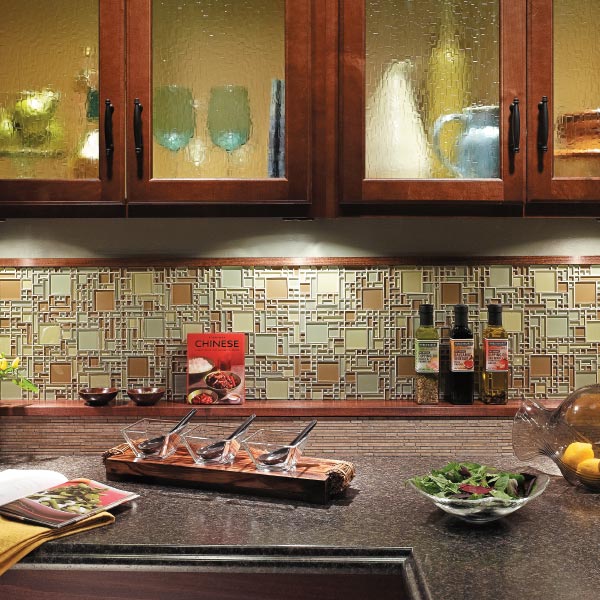
Kitchen upgrades leave you with a lot of decisions to make, but task lighting is one element that too often gets overlooked. If you don’t have under-cabinet lighting, you’ll be surprised to see how new fixtures can improve the usability of your kitchen.
Multiple Choices. One of the main differences among under-cabinet lighting options is the power source. We’ll explain the choices that are available for DIY and professional installation.
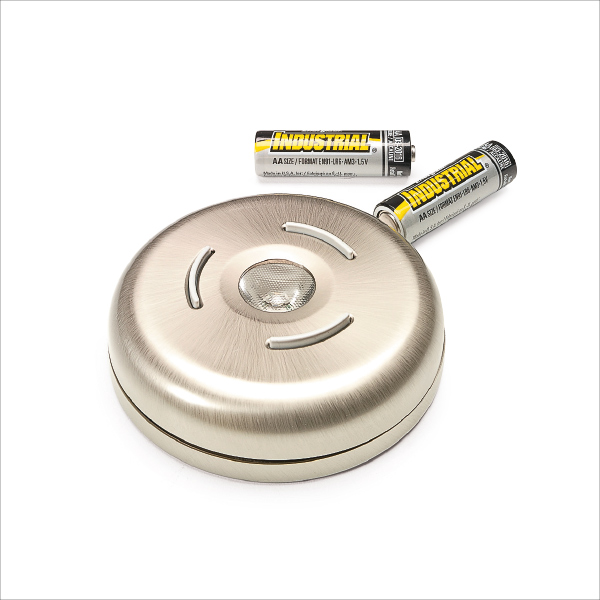
This under-cabinet lighting option gets installed in minutes – just insert batteries and use screws or adhesive strips to attach the fixtures. Since there are no power cords or wires, these units offer a lot of placement flexibility. Keep in mind that this also means you’ll have to turn off the lights individually.
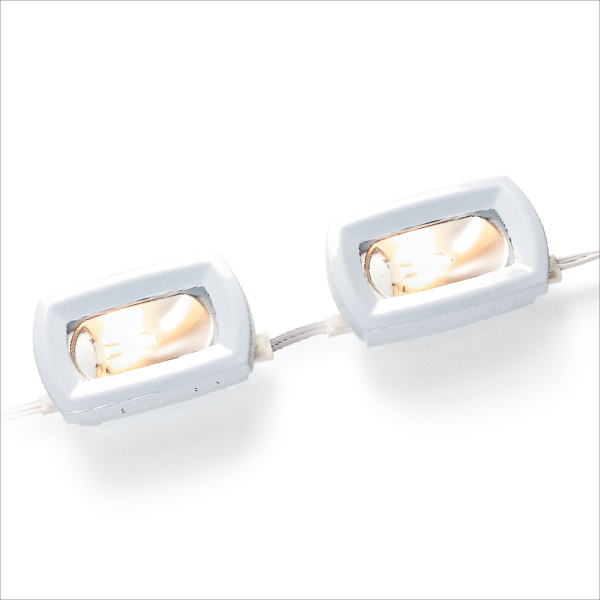
These lights are another appealing option. They’re relatively simple to install, but they require that you plan around your existing outlets or have an electrician add or move them. You’ll have to keep the cord looking neat with cord clips or chases.
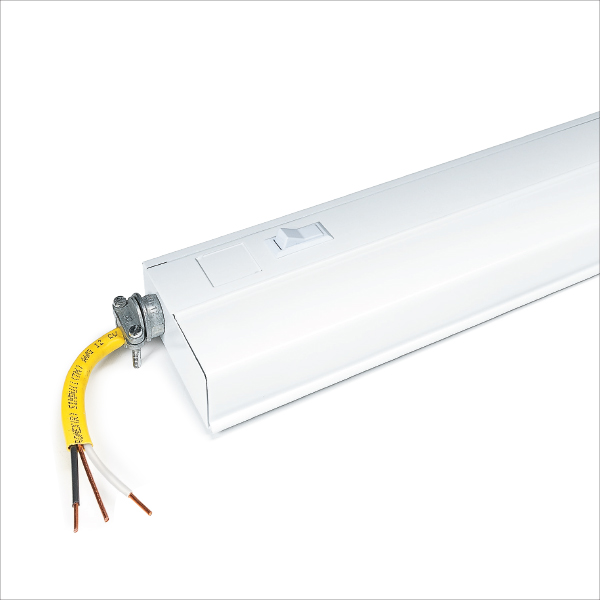
When you want the most permanent-looking setup, direct-wire lights are the best choice. They’re wired into an electrical circuit, so you can control them with the flick of a switch. This type is more complicated to install, though, and may need to be left to the professionals.
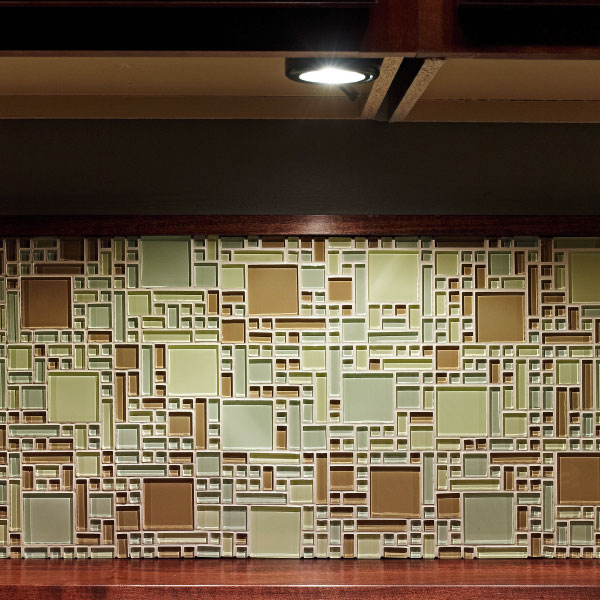
Under-cabinet lights are generally low-profile, but the style you pick matters. The units will be visible from your work spaces, and they’ll cast light on your surfaces differently. Examine the choices, such as light panels, puck lights, and rope lights, to determine which ones you prefer.